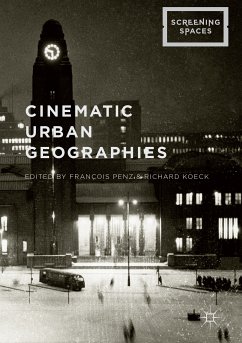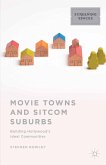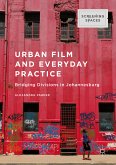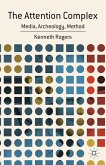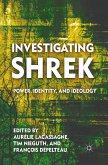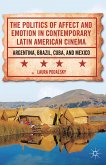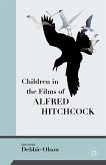This book proposes new methodological tools and approaches in order to tease out and elicit the different facets of urban fragmentation through the medium of cinema and the moving image, as a contribution to our understanding of cities and their topographies. In doing so it makes a significant contribution to the literature in the growing field of cartographic cinema and urban cinematics, by charting the many trajectories and points of contact between film and its topographical context. Under the influence of new technologies, the opening and the availability of previously unexplored archives but also the contribution of new scholars with novel approaches in addition to new work by experienced academics, Cinematic Urban Geographies demonstrates how we can reread the cinematic past with a view to construct the urban present and anticipate its future.
Dieser Download kann aus rechtlichen Gründen nur mit Rechnungsadresse in A, B, BG, CY, CZ, D, DK, EW, E, FIN, F, GR, HR, H, IRL, I, LT, L, LR, M, NL, PL, P, R, S, SLO, SK ausgeliefert werden.

